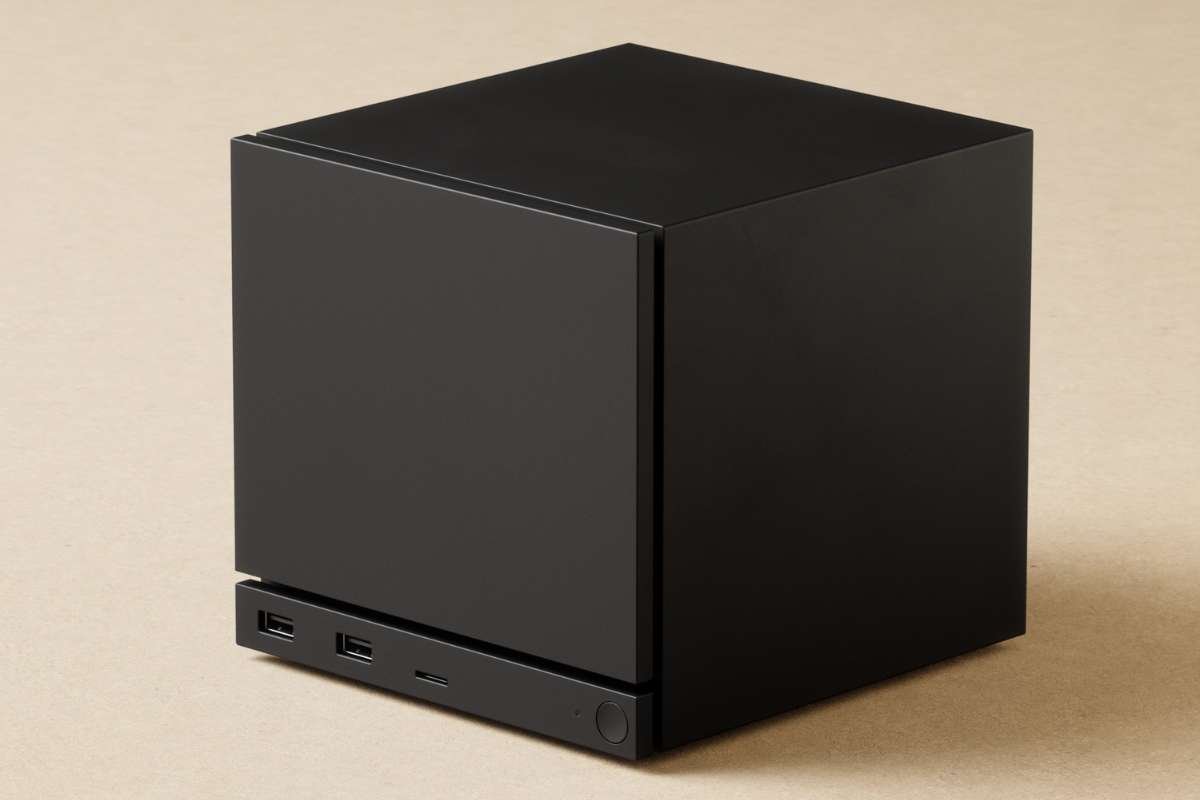key Points:
- Windows 11 restores full taskbar functionality on secondary monitors, improving multi-screen usability.
- The change follows strong user demand and reflects Microsoft’s shift toward community-driven updates.
- Microsoft draws criticism over taskbar tweaks, revealing tension between innovation and user familiarity.
Microsoft is bringing back a key multi-monitor feature in Windows 11 Insider Preview Build 26200.5722 to fix a long-standing user frustration. Now enables the Notification Center, calendar flyout, and enhanced clock interface to function on secondary displays—a capability present in Windows 10 but removed in Windows 11’s initial rollout.
Until now, users with multiple monitors were limited to a static date and time display on secondary screens, forcing them to revert to the primary monitor to check notifications or view their calendar. This new update restores full interactivity to all taskbars, greatly enhancing usability for multitaskers and professionals who rely on multi-screen productivity.
The feature is currently available to testers in the Dev Channel and is expected to be included in the broader Windows 11 25H2 release later this year.
A Small Change with Big Productivity Gains
While seemingly minor, the feature’s return has drawn praise across the tech community for its practical impact. According to TechRadar, this “nifty tweak” enhances workflow by reducing unnecessary mouse travel and screen-switching—especially valuable for developers, video editors, and remote workers using multiple displays.
Windows power users had long voiced frustration over its removal, and Microsoft’s decision to bring the functionality back signals a more responsive approach to community feedback. As Windows Central notes, the change represents “a rare win” where user requests directly shape software improvements.
This follows a broader pattern of usability refinements in recent Windows 11 builds, including energy saver tweaks, improved system prompts, and enhanced customization options.
Feedback Wins, But Taskbar Debates Continue
While Microsoft has been praised for restoring a critical taskbar feature, it has also faced pushback for other changes. Recently, the company tested a more minimalistic clock design—removing the AM/PM indicator and year—but reversed course after negative reactions from testers. The controversial design was dropped entirely, instead of offering a compromise toggle, leading to confusion among users who preferred the cleaner layout.
According to TechRadar, Microsoft’s abrupt reversal illustrates the fine balance it must strike between innovation and user familiarity. The successful reintroduction of multi-monitor functionality, however, underscores how attentive listening and practical updates can strengthen user trust.
As Microsoft continues refining Windows 11, the focus appears to be shifting back toward improving real-world functionality over purely aesthetic changes. The return of the interactive taskbar across multiple displays isn’t just a feature revival—it’s a signal that user experience is, once again, front and center.


















